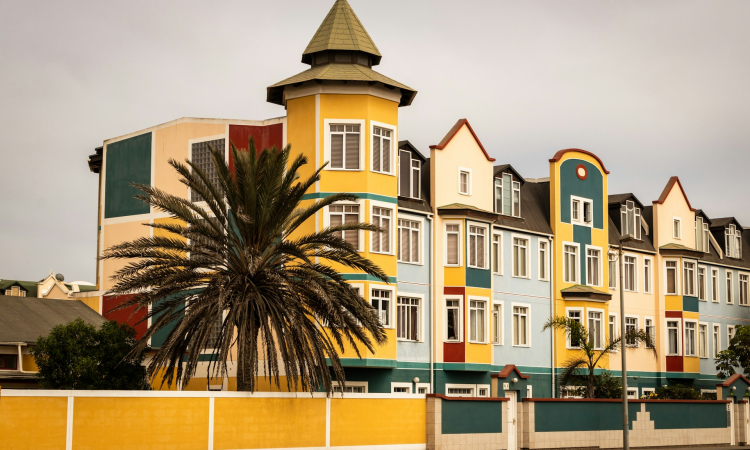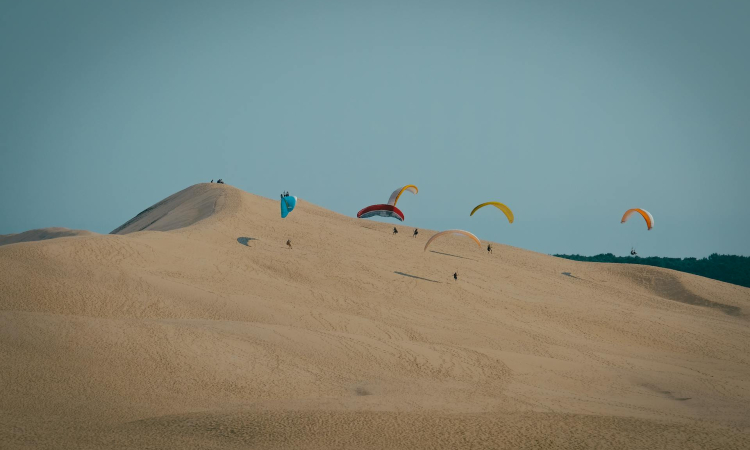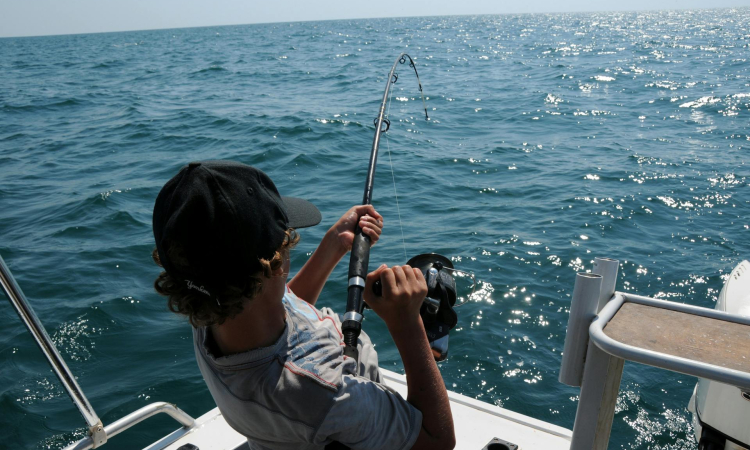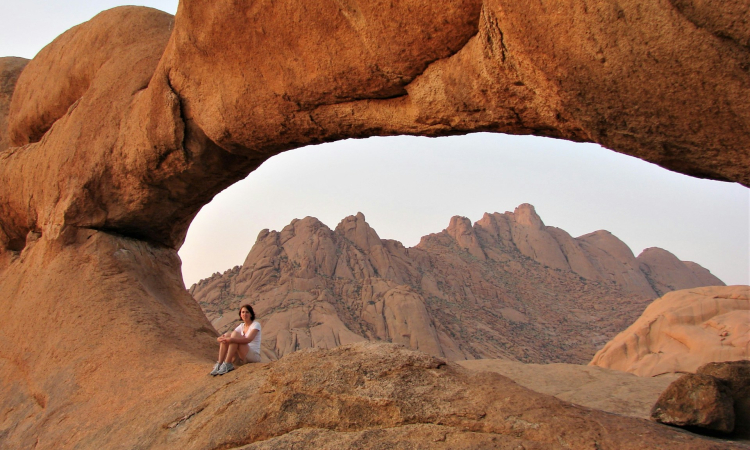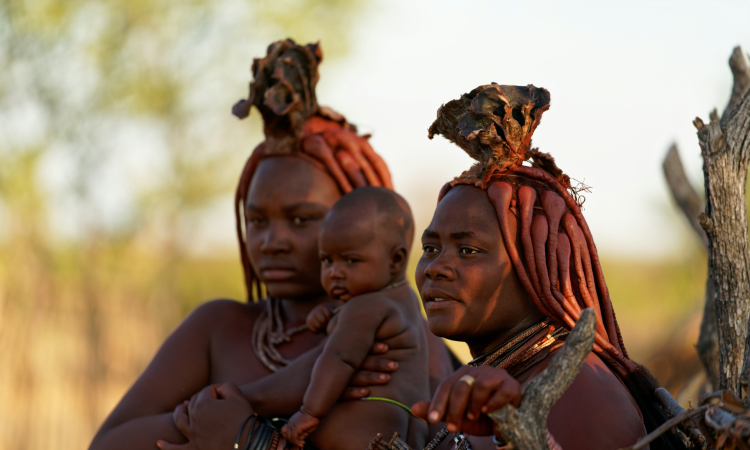Planning for a Mondesa Swakopmund township tour? In the sandy streets lined with colorful homes, music, and craft, the stories of the Damara, Herero, and Ovambo people come to life. The Swakopmund Township Tour gives travelers the chance to go beyond the town’s colonial streets and experience the heart of its local community. A visit to Swakopmund is not complete without exploring this lively and cultural part of the town.
The first stop introduces you to the Damara community, one of Namibia’s oldest ethnic groups. The Damara are known for their melodic click language and strong traditions. At a small community center, local women perform traditional singing and dancing filled with rhythm and joy. The guide explains that each song and movement carries meaning, often telling stories about ancestors and the land. Visitors are welcome to try making a few click sounds, share some laughter, and enjoy encouragement from the hosts.
Next, the tour visits the Herero community, easily recognized by their colorful Victorian-style dresses with wide skirts and horn-shaped headpieces. These headpieces represent the cow, a symbol of respect and wealth in Herero culture. As you walk through the neighborhood, the guide shares stories of the Herero people’s resilience and deep cultural pride. You may visit a local home where a Herero elder welcomes you to talk about family life, values, and community traditions.
The journey continues to the Ovambo sector, full of energy and music. The Ovambo are Namibia’s largest ethnic group, and their influence is central to the nation’s identity. You will be greeted with traditional drumming, singing, and dancing, and you might even join in. The guide explains how music and dance play an important role in Ovambo life, especially during weddings, harvest celebrations, and community gatherings.
Later in the morning, the tour stops for a taste of Namibia’s traditional food at a local kapana stall. You can try grilled meat, mopane worms, or other local dishes rich in flavor and culture. The experience ends at a community art market, where you can explore handmade crafts such as woven baskets, wooden carvings, and colorful beadwork. The guide encourages you to interact with the artists, as every piece tells a personal story and helps support local livelihoods.
Included: traditional meal, drinks, and transfers (subject to availability).

